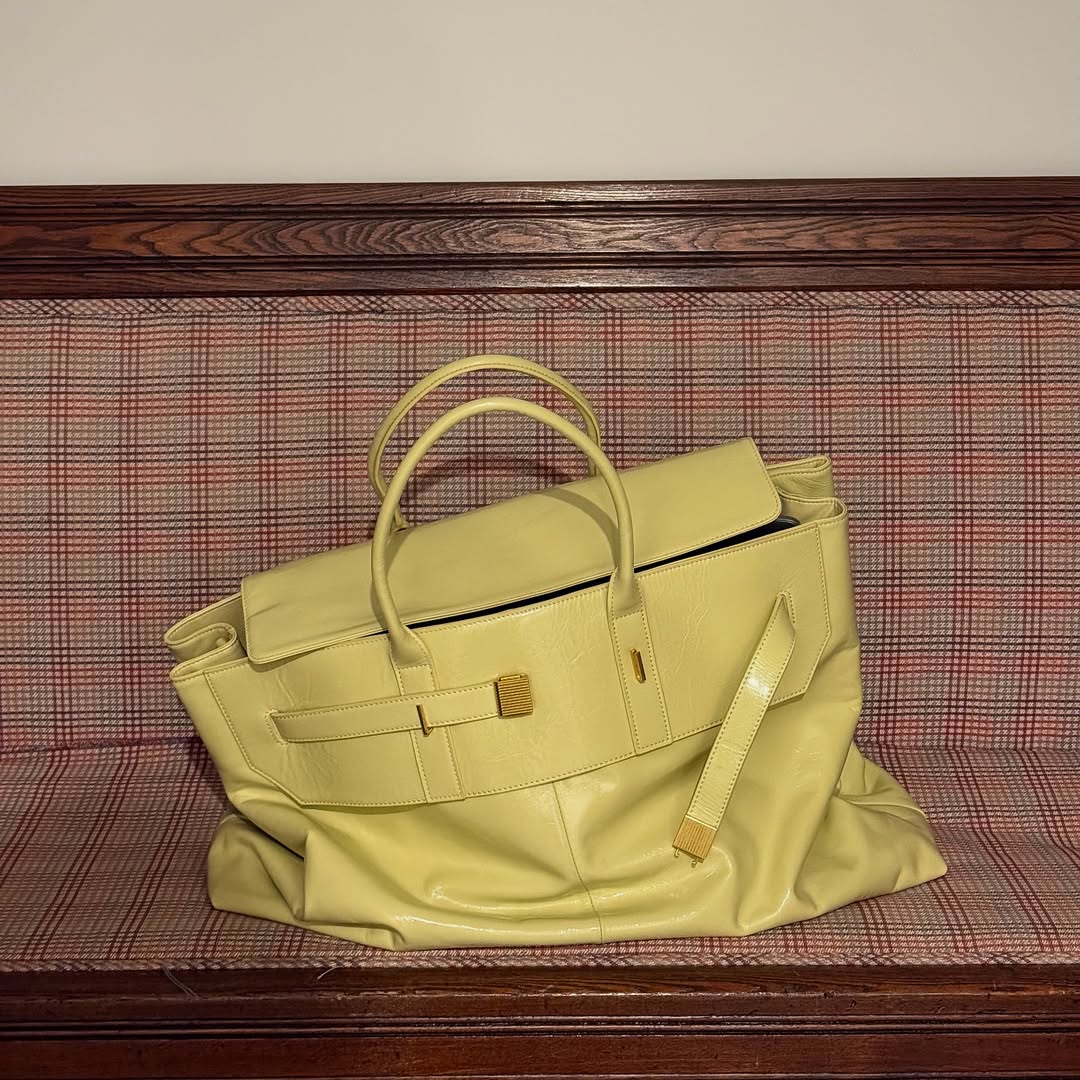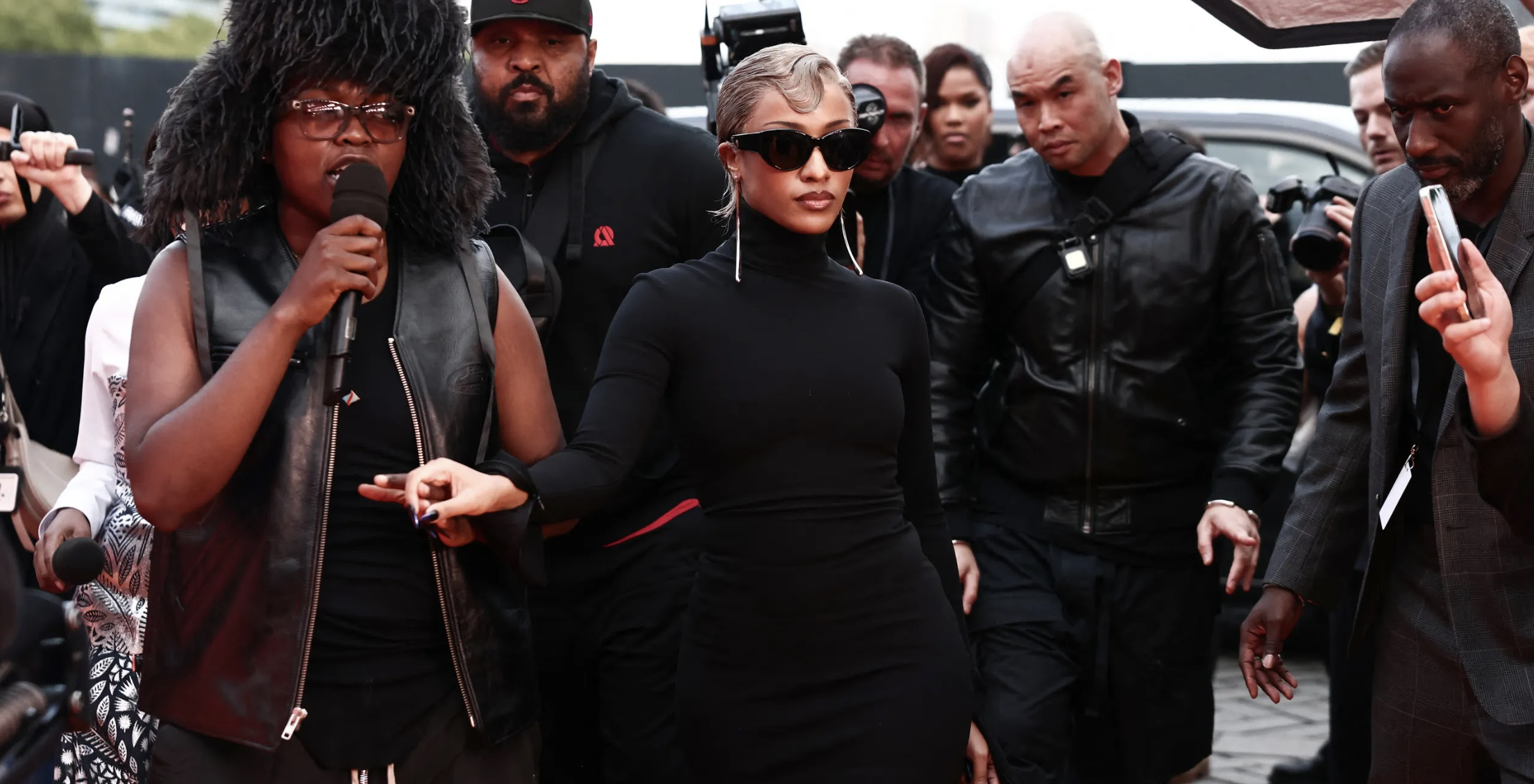Why is the Tote Bag our new fashion essential?
Whether on a city getaway or by the sea, the tote bag is making a strong comeback in our wardrobes. Worn over the shoulder, carried by hand, or casually tucked under the arm, it’s increasingly becoming a statement. From oversized styles in soft leather or raffia to Jane Birkin’s bohemian bag, personalized down to the smallest detail, a closer look at the rise of this season’s it-bag.
Some bags are made for going out, others go everywhere with you. The tote belongs to the latter: practical, slightly unruly, it holds a world of its own. Sometimes a canvas carryall, a beach bag, or a time-worn leather piece, it’s now back in the spotlight, bucking the mini-bag trend of recent years. Even Jacquemus, long a champion of tiny designs, has recently embraced roomier styles.
In the 1980s, actress and singer Jane Birkin quite literally transformed the bag that bears her name. Far from Hermès’s pristine storefronts, she wore it battered, scratched, overflowing with papers, and adorned with all kinds of trinkets. And perhaps that’s where the true charm of these everyday bags lies in their free-spirited, effortless use.
A brief history of the tote bag
Designed to hold “everything and more,” it first made its mark as the ultimate grab-and-go bag, the one you take without thinking, tossing in a book, a water bottle, a laptop, or an extra sweater. Far from the jewel-like handbag, it’s a no-fuss, no-frills everyday companion.
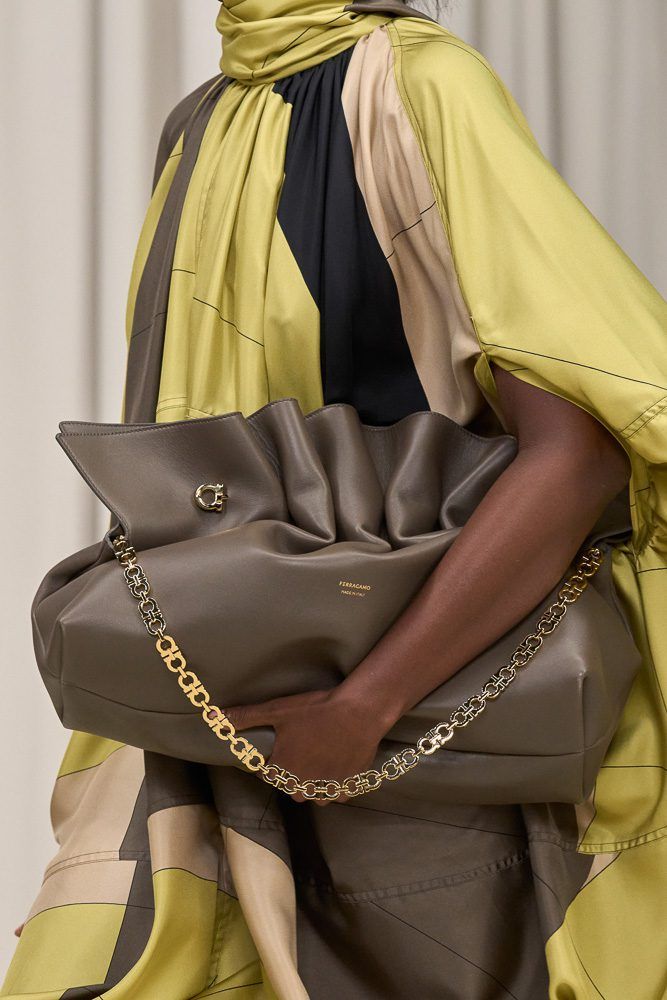
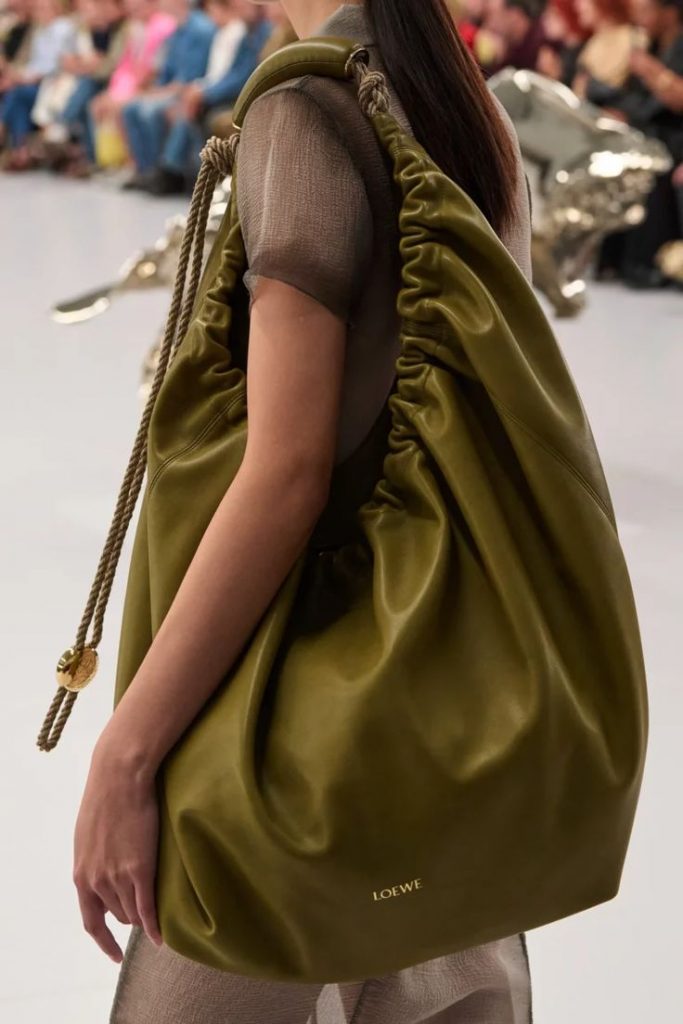
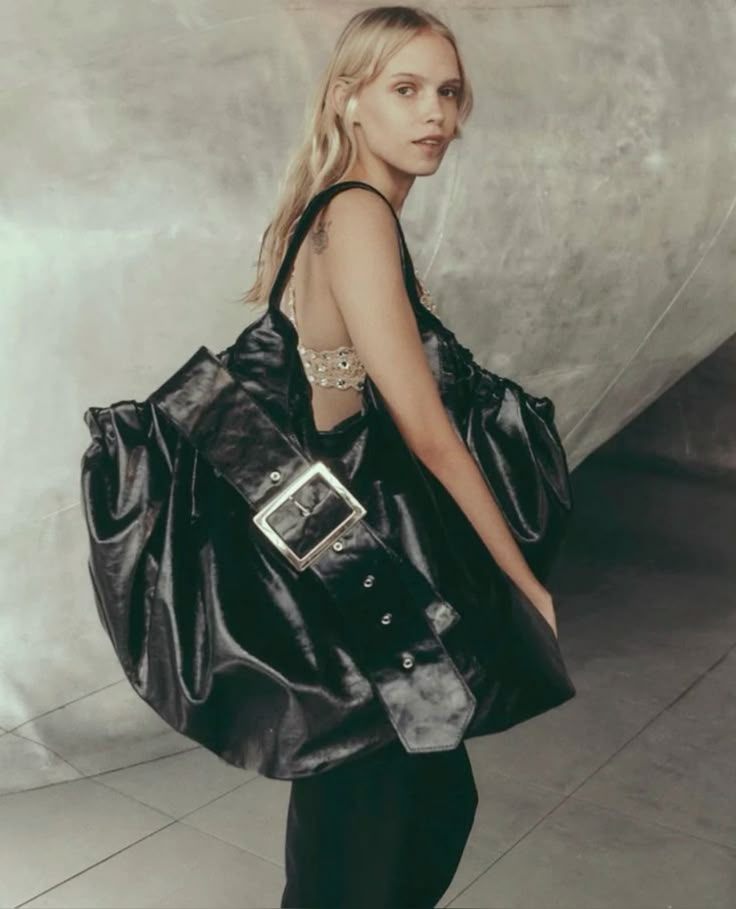
Its origins trace back to the sturdy canvas bags used by postal workers and deliverymen in the early 20th century, before being embraced by holiday-goers in the 1960s and ’70s as oversized beach totes. Durable, lightweight, unlined and unstructured, it came to symbolize a kind of freedom where function outweighed form. It quickly evolved into a means of expression: screen-printed, stamped, or emblazoned with activist slogans, it found its place on the shoulders of students, artists, and creatives, those who valued content over container. Today, the tote is making a comeback in a hybrid form: still practical, but increasingly refined.
The Birkin according to Jane
The Hermès Birkin bag instantly evokes pure luxury: grained leather, artisanal finishes, and notoriously long waiting lists. And yet, this iconic bag was born from a very simple need. In 1983, Jane Birkin happened to meet the CEO of Hermès on a flight. She told him she could never find a big enough bag for all her things. This conversation led to a design, which was meant to be…a tote.
According to her, the Birkin was most of all a life companion: scuffed, adorned with stickers or a scarf, and always just a little too full. It held everything she was: scribbled notebooks, sunglasses, newspapers, memories. Far from the polished collector’s item it has become, Jane’s Birkin embodied effortless elegance.
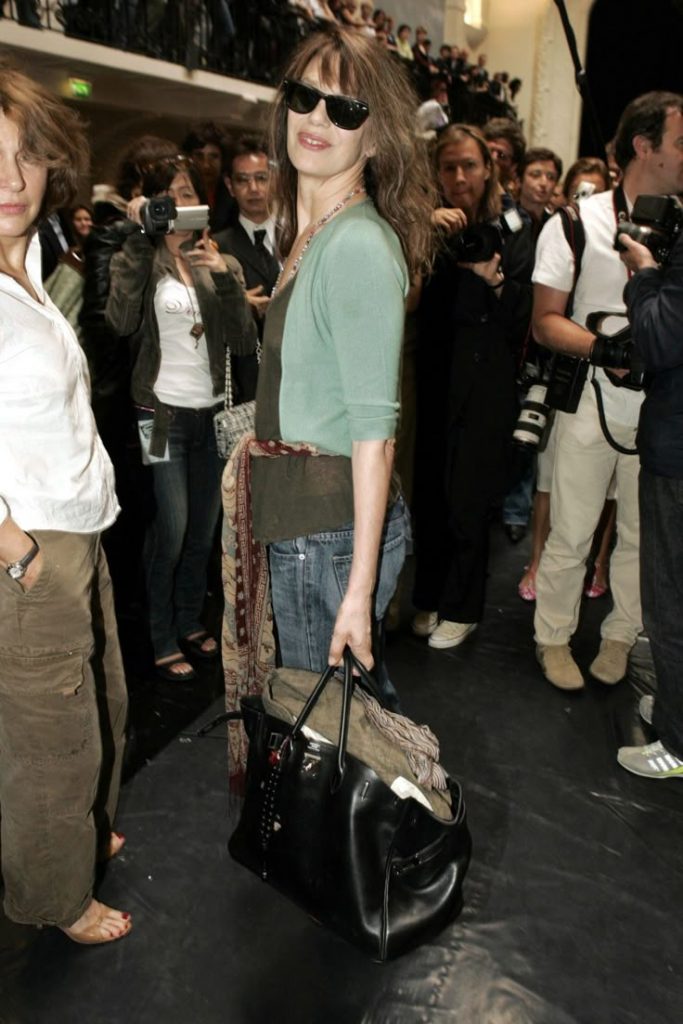
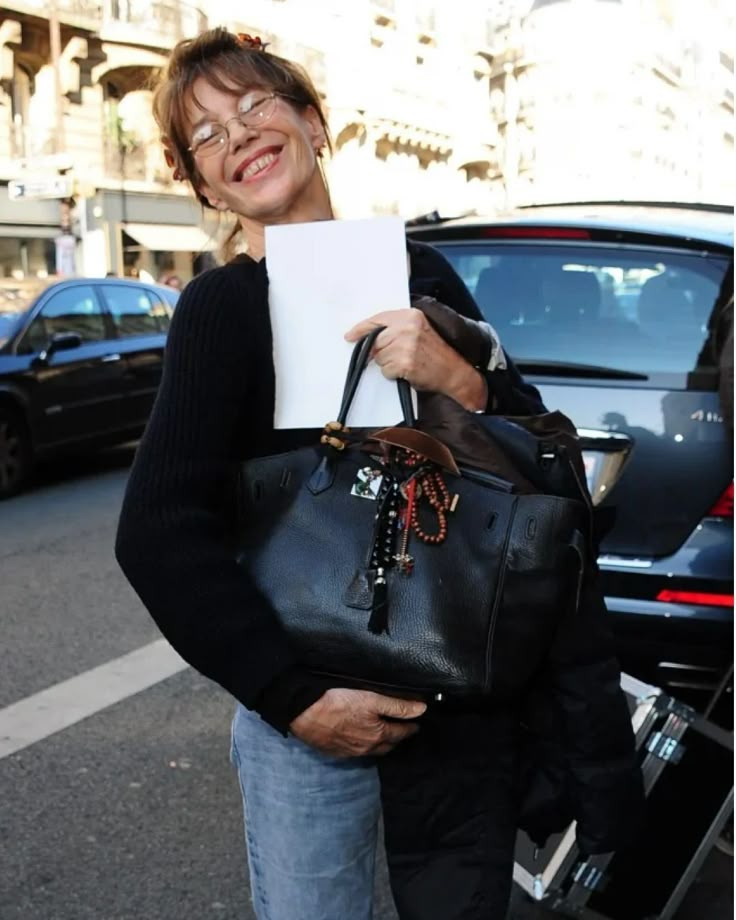
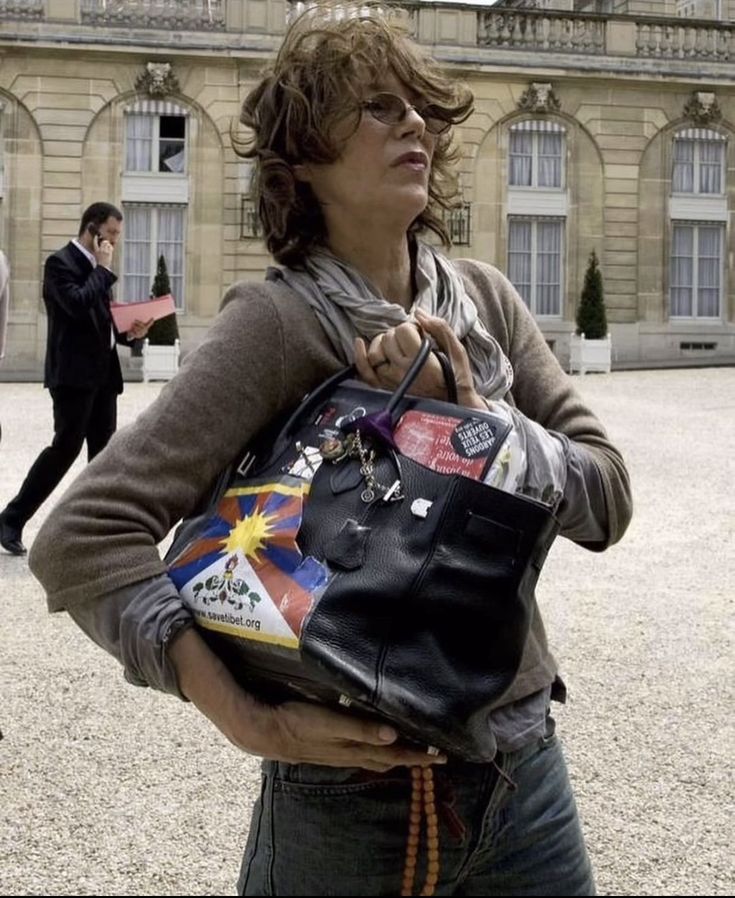
That bold gesture still matters today. By using her bag in a raw, everyday manner, Jane Birkin broke the rules of luxury. She showed that an accessory no matter how valuable should be practical and, most of all, reflect the person who wears it. Today, when some bags are so rare they stay in boxes, her love of imperfection feels like a statement.
The XXL Bag: Fashion’s newest object of desire
The tote bag’s comeback isn’t a coincidence. In a fast-paced world where days blur together, it answers a need for both practicality and authenticity. After a wave of mini bags and flashy logos, it feels like a breath of fresh air.

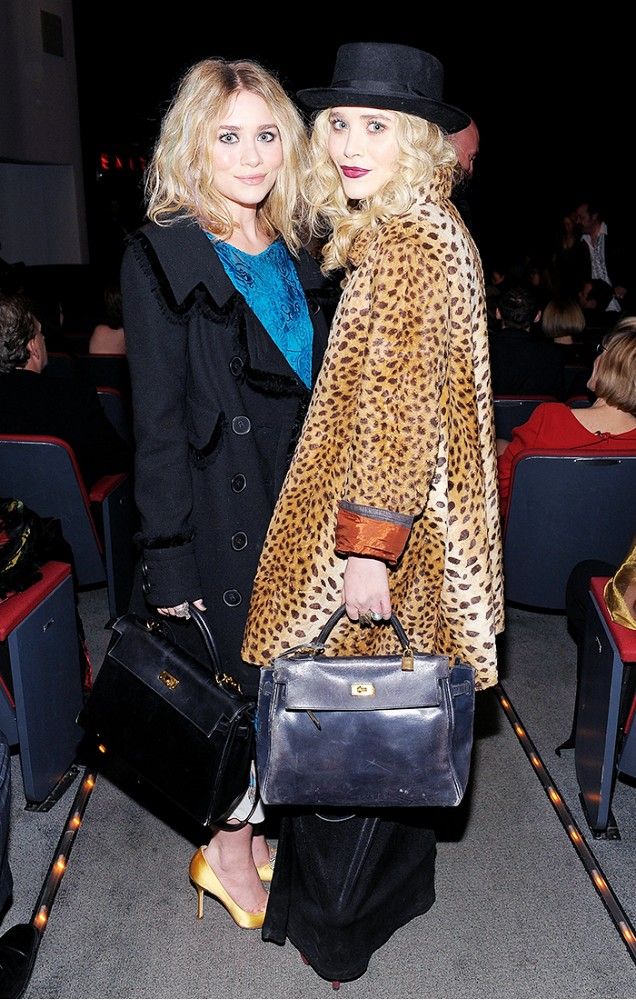
Brands have clearly caught on. At The Row, the Olsen sisters, longtime tote enthusiasts, have reimagined the Margaux bag in an XXL version. Ferragamo, Lemaire, and Loewe offer rounded silhouettes, seemingly designed to move with the body and be (almost) forgotten. In a more niche realm, Amy Shehab, founder of her eponymous label, creates ultra-roomy bags in supple patent leather.

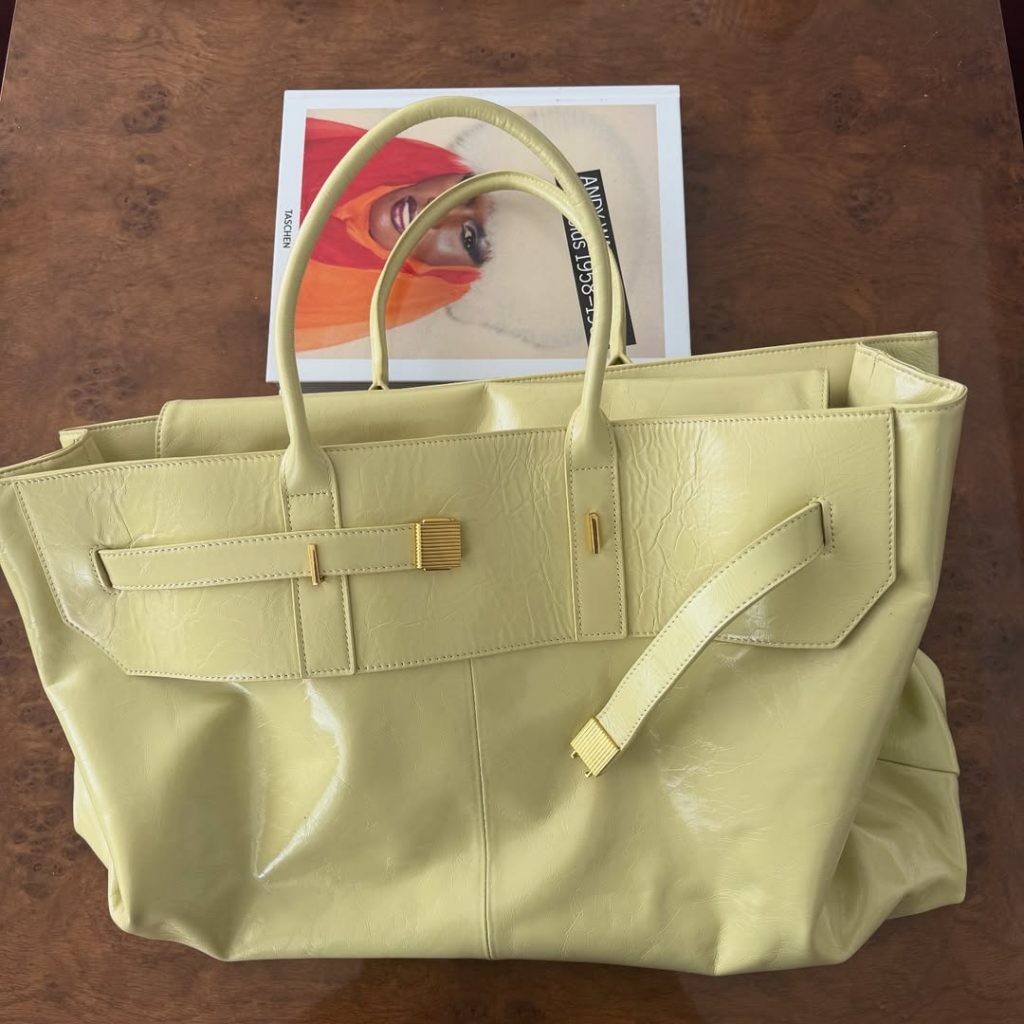
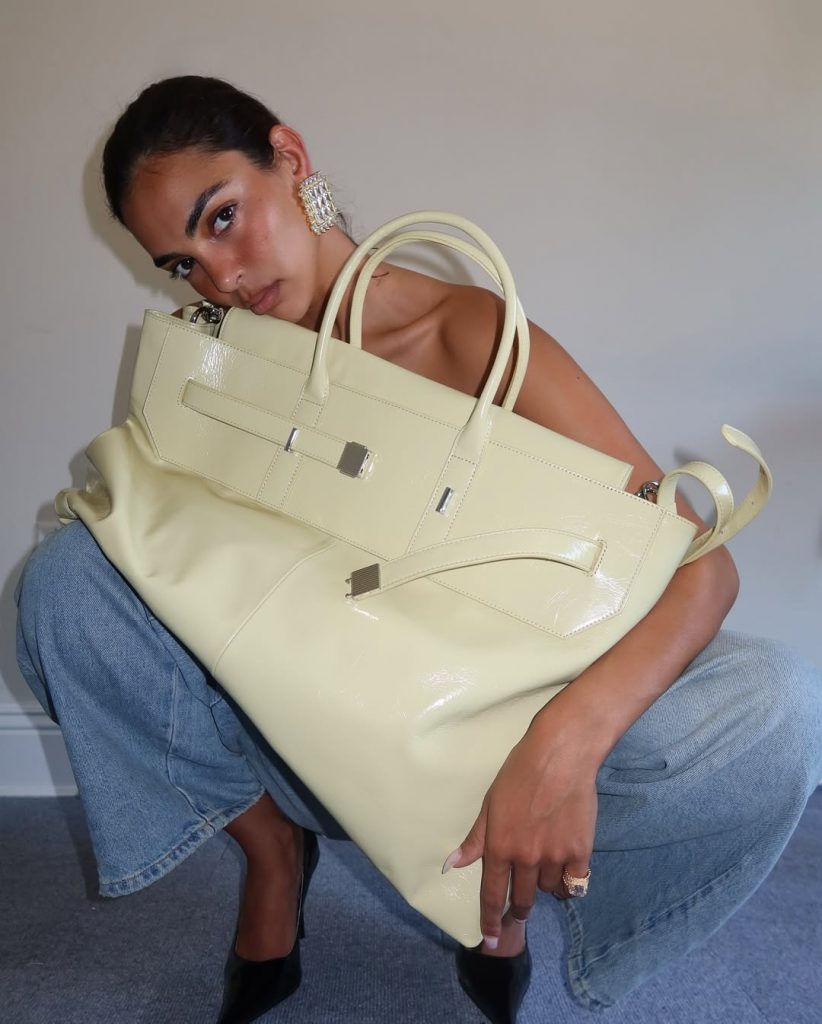
A symbol of fashion in transition, the tote bag now stands as a response to our evolving lifestyles. In a world where the lines between work, personal life, and social time are increasingly blurred, our multifaceted lives follow without ever compromising on style. Its rising popularity also signals a shift away from rigid luxury codes, in favor of a freer relationship with clothing. Far from a passing trend, the tote’s comeback reflects a collective desire for flexibility, in both form and function.


